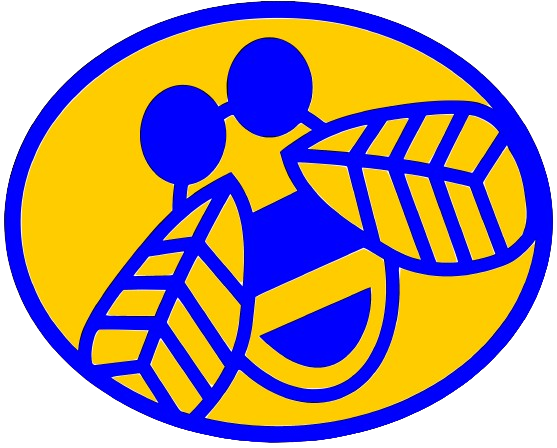At Wheatcroft, our goal is to create a safe, respectful and welcoming environment for our children and their community in which everyone is encouraged to be a lifelong learner.
We are committed to the following:
- Creating a sense of belonging where everyone is included;
- Providing a caring and supportive environment where children can flourish;
- Providing children with high quality and varied learning opportunities which take place both within and beyond the classroom;
- Providing an engaging curriculum which offers a range of fun and exciting learning experiences;
- Developing the whole child, ensuring they are confident and resilient;
- Providing a happy and secure environment fostering the wellbeing of all;
- Working closely with our families and the local community;
- Supporting and celebrating success for all;
- Encouraging everyone to be the best they can be
- Developing our staff and giving everyone the opportunity to succeed
The welfare of each and every child will be at the centre of everything we do.
